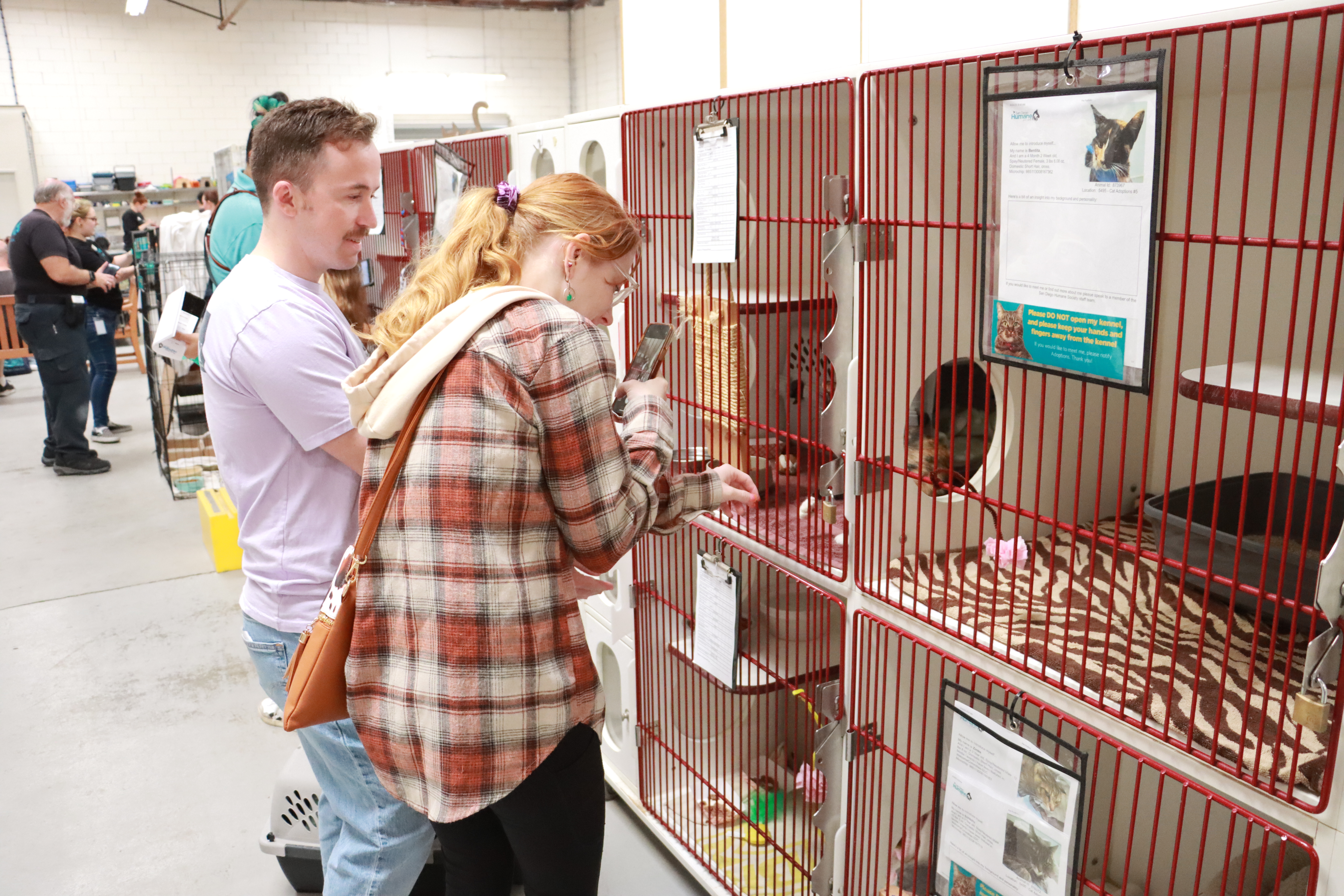A sanctuary for endangered birds in Mission Bay was nearly destroyed in a single act of vandalism early Saturday.
California least terns may be named for their size, but keeping the species alive is a big task.
"They’re called least terns because they are very, very small,” Andrew Meyer, director of conservation for the San Diego Audubon Society, said.
They are on the brink of extinction. Just 4,000 pairs mate nationwide.
Get top local stories in San Diego delivered to you every morning. Sign up for NBC San Diego's News Headlines newsletter.
“We’re talking about adding a few hundred each year. It is a critical component to making sure that population survives on Earth and doesn’t go extinct,“ Meyer said.
Loss of habitat is the primary reason for the decline in population. Meyer says Mariners Point is one of four Mission Bay nesting sanctuaries for the least terns.
Paul Henkart paddles past the sanctuary often. He enjoys the exclusivity of watching this rare bird.
Local
"There aren’t that many places. There is not that many people here. It is a good place,” Henkart said.
Meyer says early Saturday morning, someone threw vegetation monitoring equipment into the Bay, broke nature blinds volunteers used to observe the birds, and crushed chick shade structures and nests.
You can’t miss the signs to stay out. They say, "help save least terns," "do not disturb," "no parking any time" and "endangered species."
There is a 6-foot chain-link fence, and there is another one 25 yards south. This was no accidental trespass.
"It really gets a bird lover and a wildlife lover in a tough place when you know that people went in there just to try and ruin things,“ Meyer said.
Meyer says it appears no birds were killed, and the nests that were stomped weren’t active. Most of the adults were finished laying eggs, and the fledglings were flying.
"This is the most amount of vandalism that we’ve ever experienced at one of these nesting preserves,” Meyer said.
Least terns need an undisturbed coastal habitat to nest and breed. They avoid predators and people. That’s why these sanctuaries are so important. The price of replacing equipment and materials may seem minor compared to the cost of their extinction.
“Each new individual we can send off into the world is an awesome pat on the back for our stewardship of the city but also critical to the species actually surviving,” Meyer said.
Experts say these birds are migratory. While some of the birds are still there, they say it's unclear if the birds driven away will come back.



